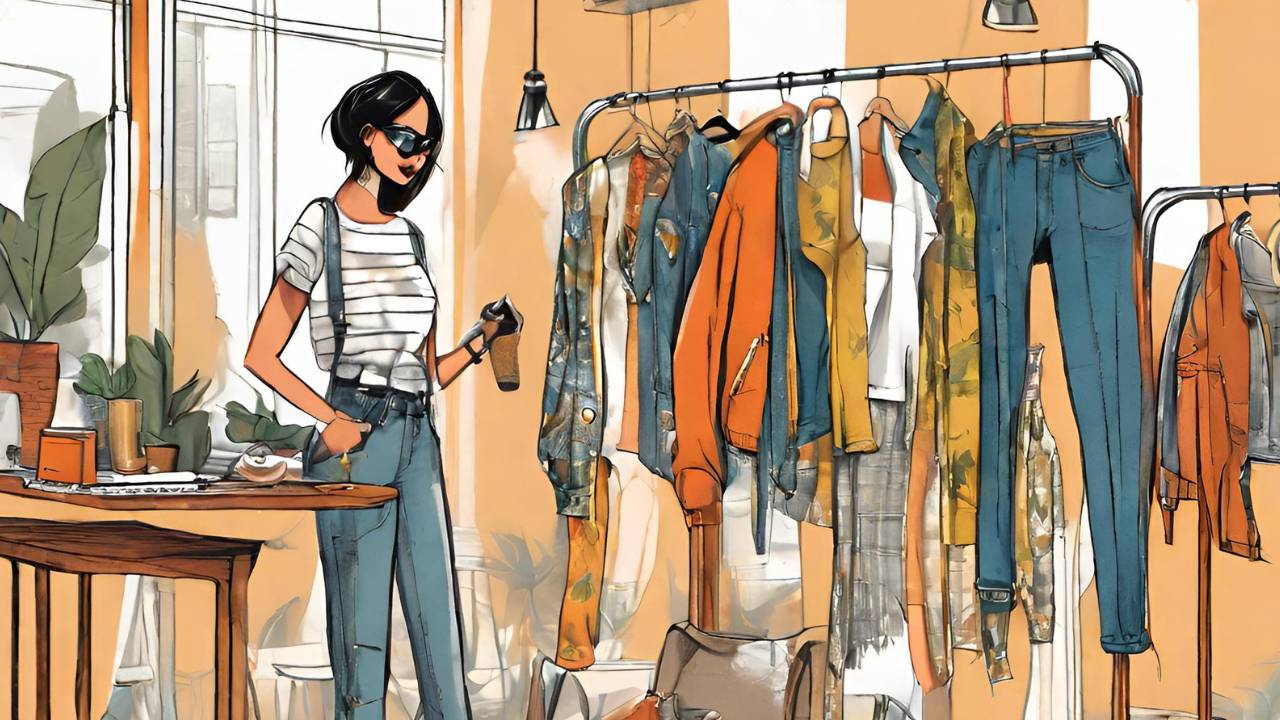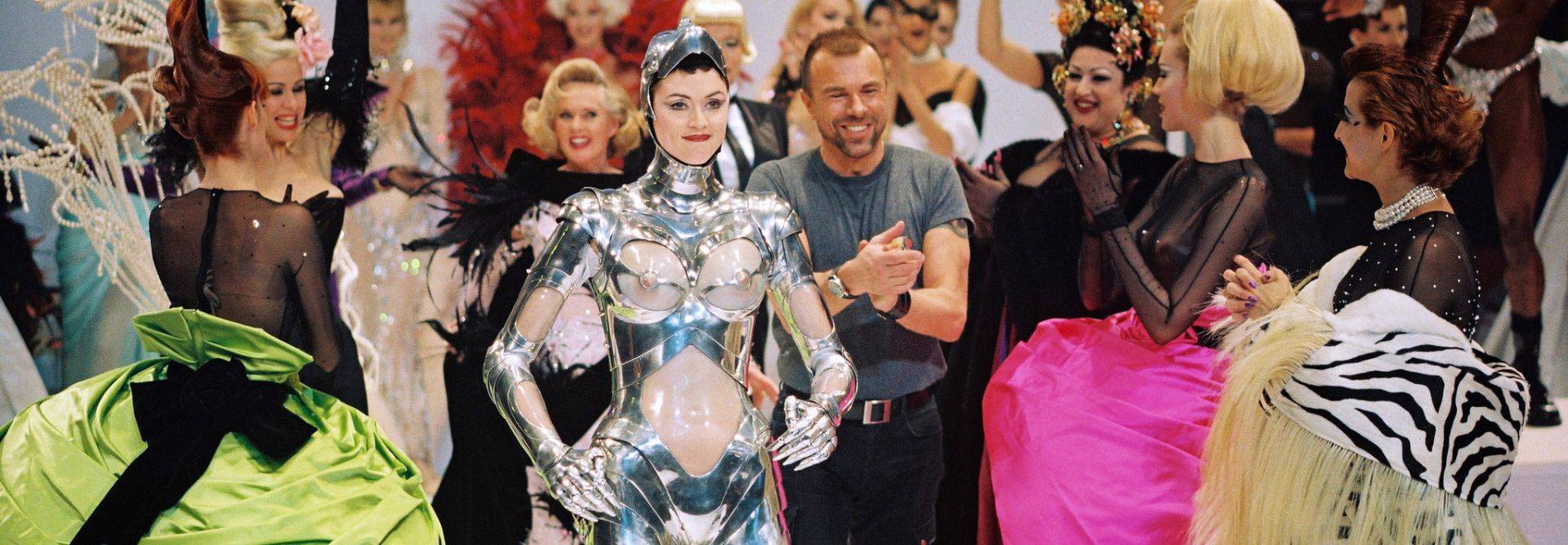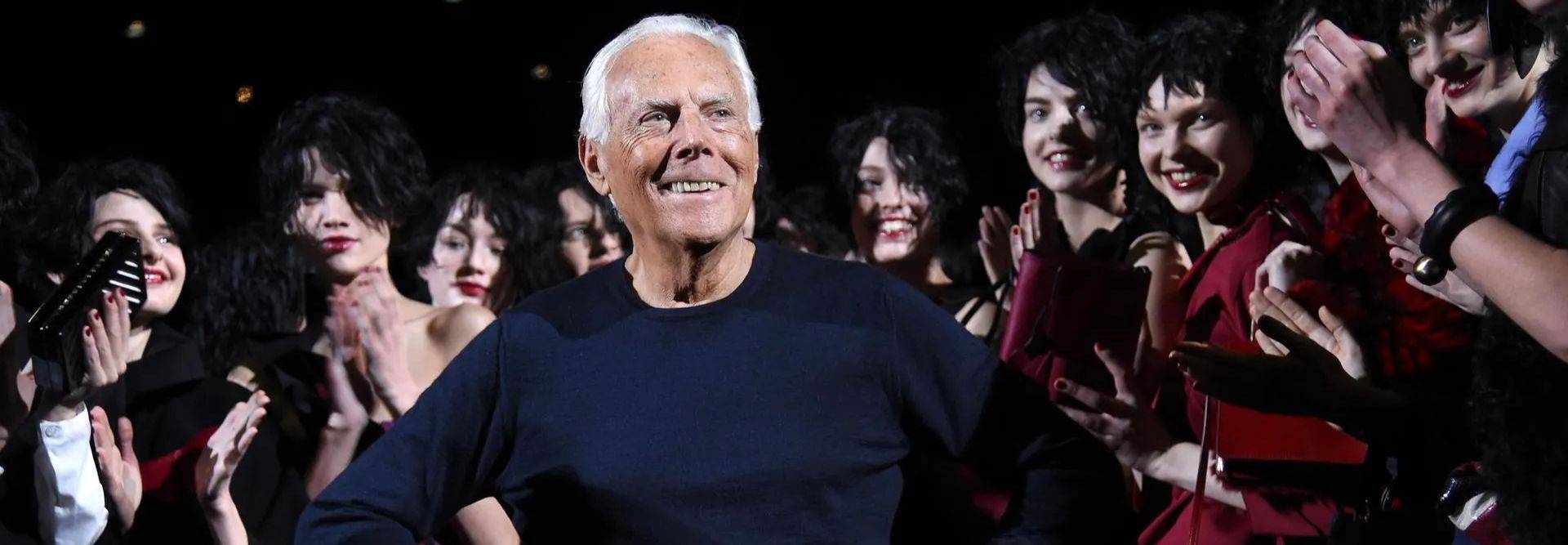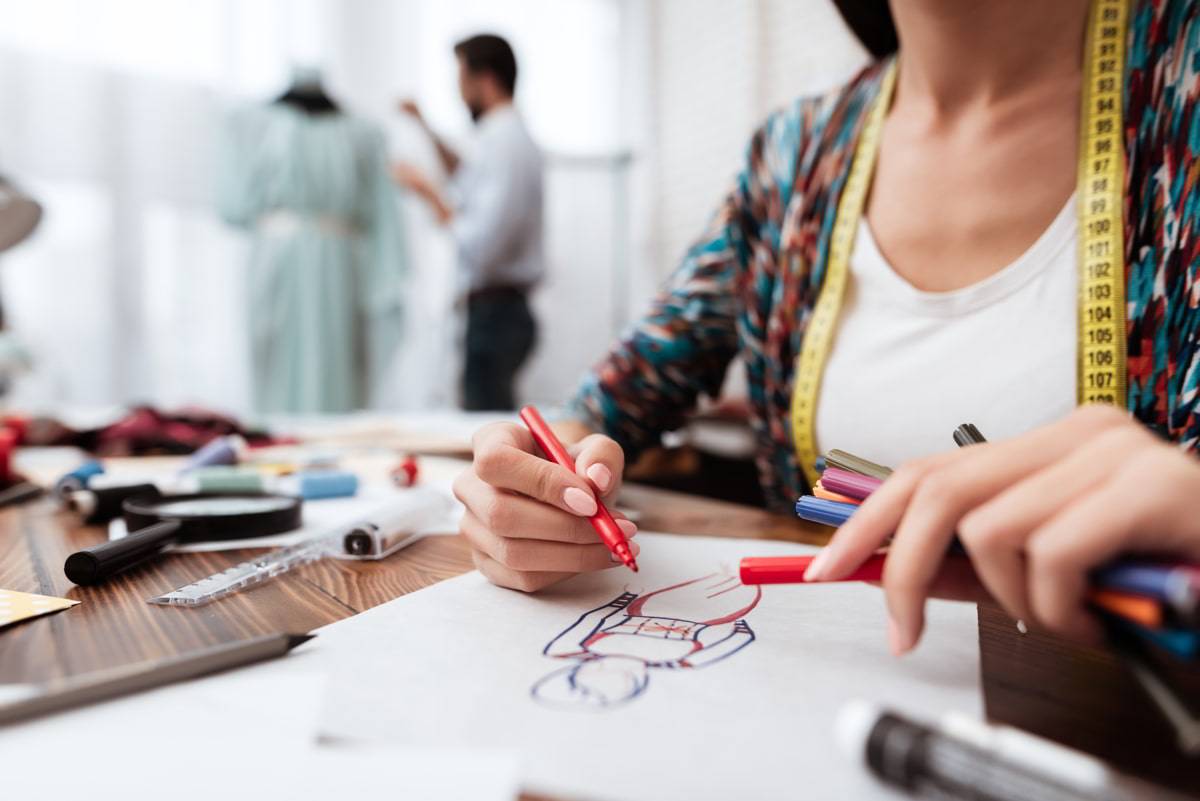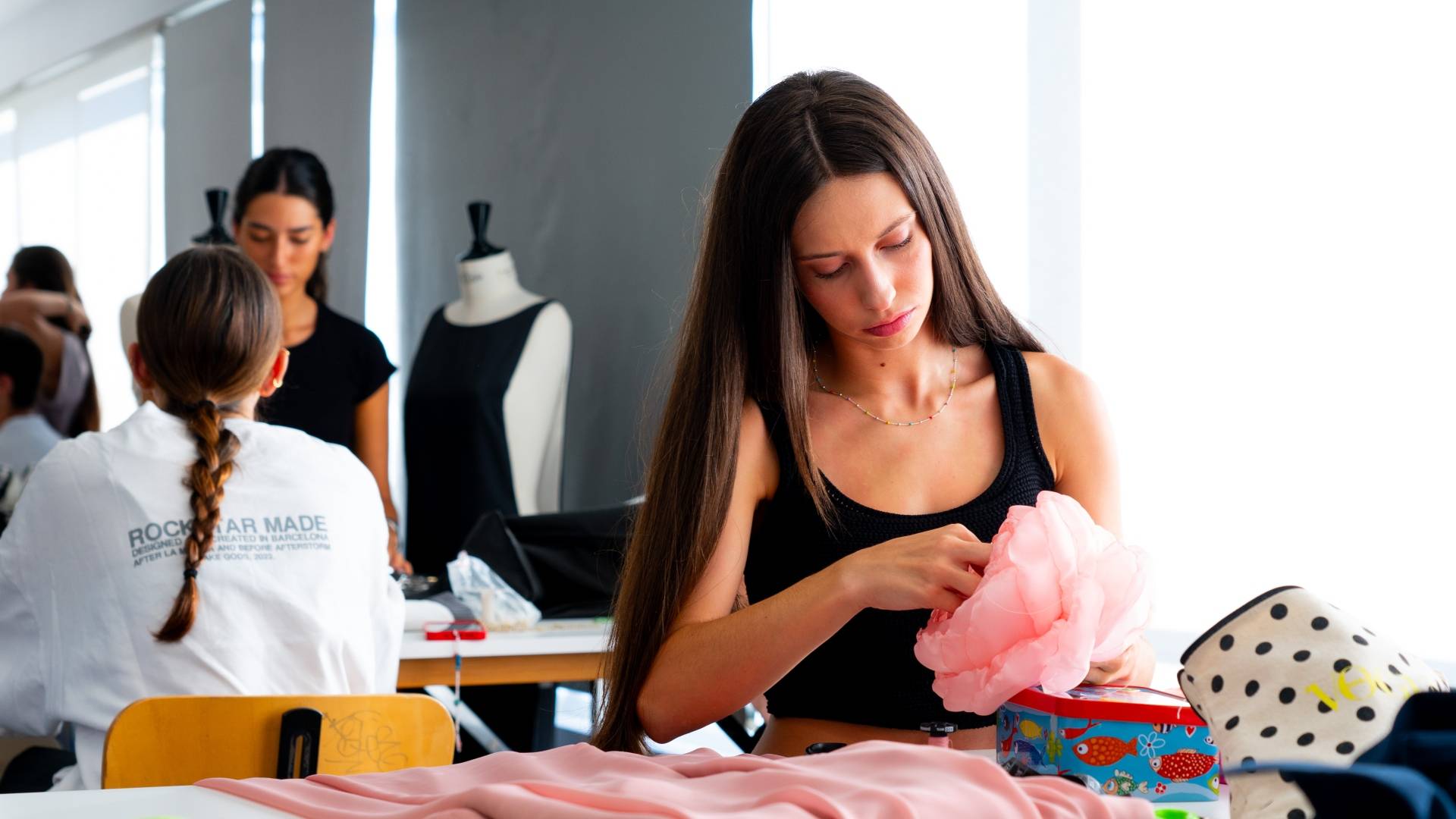What is upcycling?
In a world increasingly aware of the environmental impact of the fashion industry, upcycling, also known as upcycling of waste, is emerging as a revolutionary practice that challenges conventional norms of clothing consumption, emerges as a revolutionary practice that challenges conventional norms of clothing consumption.
Upcycling, unlike traditional recycling, involves transforming old materials or garments into products of higher value and quality. In the fashion industry , it refers to the creation of new garments or accessories from used clothing, discarded fabrics or even unconventional materials.
This trend addresses the environmental and social impact of the fashion industry. On the one hand, it reduces textile waste by reusing and transforming existing garments, minimising the need for new materials and reducing the amount of clothing that ends up in landfill.
On the other hand, it has a positive social impact as the reuse of garments often involves collaboration with local communities, artisans and small businesses, providing economic opportunities and preserving traditional craft skills.
Traditional recycling: how is it different from upcycling?
Both are environmentally friendly alternatives and address the issue of textile waste, but do so with different approaches and outcomes.
While upcycling involves taking old materials or garments and transforming them into products of higher value or quality, rescuing and enhancing the aesthetics and functionality of existing materials. Traditional recycling on the other hand involves breaking down existing materials to create new products. In fashion, this could mean the use of recycled fabrics or the transformation of old garments into textile fibres to make new fabrics.
In other words, upcycling works on the product and transforms it, without losing the original form and increasing its value, while recycling breaks down that product and creates a new one without necessarily preserving the aesthetics of the product in question.
Creativity and sustainability: future coexistence
Upcycling has become one of the trends favoured by public personalities from film, television, music, etc., giving visibility to one of the solutions with the greatest potential to reduce the generation of textile waste .
National artists such as Rosalía or Clara Lago and international artists such as Emma Watson, Miley Cyrus, Lady Gaga, Camila Cabello or Cara Delevigne have allied themselves with upcycling by supporting textile recycling at events, galas and interviews.
But not only these, the industry with big brands such as Marine Serre, Viktor & Rolf, Sacai, Vetements and renowned brands such as Levi's, Ekomodo, Re;code, begins to bet on the power of textile upcycling demonstrating that sustainability and creativity can coexist .
Like this, more and more solutions are appearing with the same objective, to make the future more sustainable and ethical.
Did you know what upcycling was? Do you want to learn how to conceptualise and redesign garments of greater value? Study Fashion Design at UDIT, train with the best professionals in the sector in your vocation.

